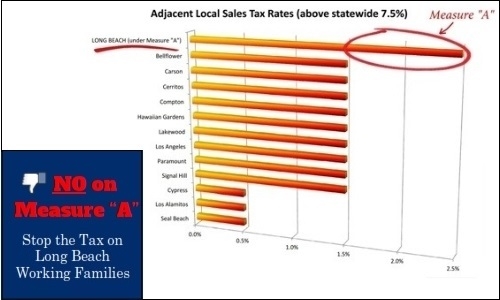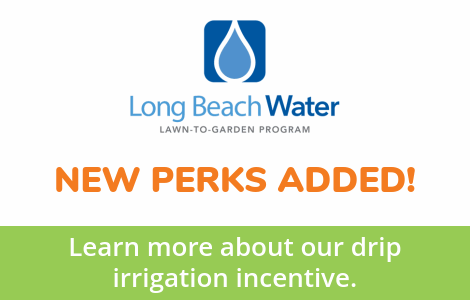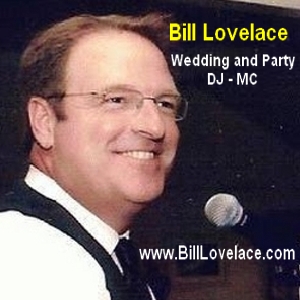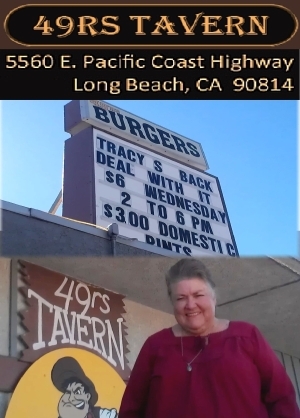
FPPC ID# 1385812
 FPPC ID# 1385812 |
(June 6, 2016) -- In a White House announcement this morning (June 6), the Obama administration (via the Dept. of Housing and Urban Development/HUD) declined in its third and final grant round to give "Promise Zone" status to a portion of Central Long Beach (west of Cherry Ave. between Anaheim and PCH.) Areas receiving "Promise one" designation receive [White House release text] "support [from federal agencies] for local leaders in high-poverty communities to create jobs; increase economic activity; improve educational outcomes; increase access to affordable housing; reduce serious and violent crime; among other locally-defined priorities." In January 2015, Long Beach Mayor Robert Garcia said the City's pursuit of federal "Promise Zone" was a way it was working to bring prosperity and growth to Central LB "especially the neighborhoods west of Cherry, between Anaheim and PCH, all the way to the City's western boundary" but acknowledged at the time that obtaining the federal designation in the highly competitive grant process would be a long shot. [scroll down for further.] |
  |
In announcing this morning's final round of "Promise Zone" designees, the Obama administration named nine more areas nationally, including one in South Los Angeles and one in San Diego. They join 13 other areas -- including additional neighborhoods in parts of Los Angeles -- which the Obama administration designated as "Promise Zones" in 2014 and 2015. Today's Promise Zone designees were selected from among 82 applications from 38 states and Puerto Rico. [HUD release text] "Each urban, rural, and tribal Promise Zone applicant was asked to put together a clear description of how the Promise Zone designation would accelerate and strengthen the community's own efforts at comprehensive community revitalization."
In a release, the White House described the Obama administration's two new southern CA "Promise Zones" as follows: [White House release text] The South Los Angeles Transit Empowerment Zone (SLATE-Z) includes portions of the neighborhoods of Vernon-Central, South Park, Florence, Exposition Park, Vermont Square, Leimert Park and a small portion of Baldwin Hills/Crenshaw. Approximately 94 percent of SLATE-Z's residents are people of color -- primarily Latino (71.2 percent) and African American (16.9 percent) -- and there is a large immigrant population (42.7 percent foreign-born). Among SLATE-Z residents, workforce participation is low, and among those working, 44 percent live at or below 150 percent of the poverty line. The Slate-Z team -- which includes more than 50 schools, service centers, business incubators, health clinics, and community coalitions -- aims to help residents take advantage of opportunities created by regional investments in the Blue Expo and Crenshaw light rail lines and in transit- oriented development projects around 15 stations planned for the Zone. The Zone also aims to reduce barriers to employment and higher wage jobs include incarceration, disability, low educational attainment, language barriers and immigration status, and to reduce gang-related crime.
The White House release stated: [White House release text] Over the past seven years, President Obama and his Administration have steadily advanced a new approach to Federal engagement with communities. The Administration has abandoned an outdated, top-down approach to investing in communities in favor of a collaborative federal role that is driven by partnership with local officials, and reliance on data and evidence to guide what works.
In its first round of "Promise Zone" designees (Jan. 2014), the Obama administration included parts of Los Angeles (Pico Union, Westlake, Koreatown, Hollywood, and East Hollywood), enabling over $14.2 million in U.S. Dept. of Education grants supporting [White House press release text] "academic and college readiness support in 17 Promise Zone schools, including training for teachers and parents on how to build non-cognitive skills for middle school students." Today's White House release says: [White House release text] The Los Angeles Promise Zone's signature STEM Academy high school increased its students' college acceptance rate to UCLA from 0 percent in 2014 to over 40 percent in 2016. In the last five years, scientific and technical industries in the Promise Zone have grown at a rate of 9.6 percent -- twice that of the city as a whole, and bringing a large number of high-wage job opportunities. Federal resources from the Corporation for National and Community Service support approximately 100 AmeriCorps VISTA members in the Promise Zone, several of whom provide college counseling and academic tutoring to more than 3,000 high school students. blog comments powered by Disqus Recommend LBREPORT.com to your Facebook friends:
Follow LBReport.com with:
Contact us: mail@LBReport.com |
     
 Hardwood Floor Specialists Call (562) 422-2800 or (714) 836-7050  |